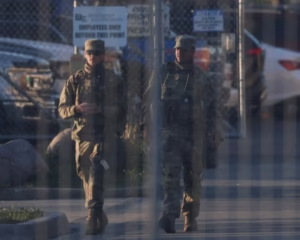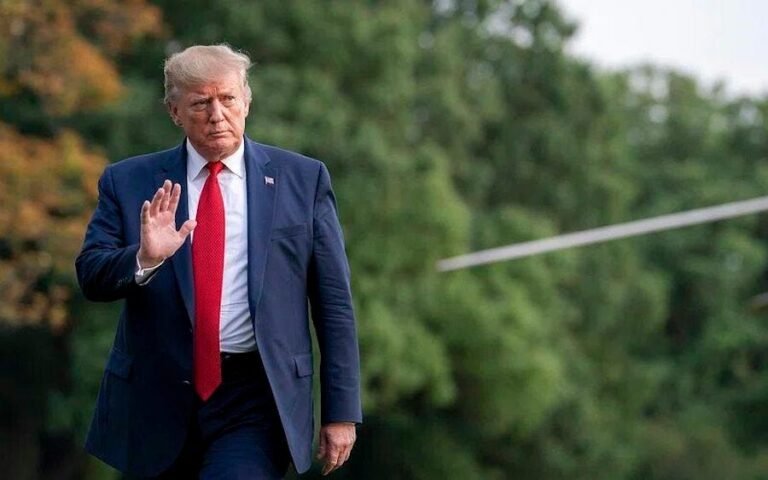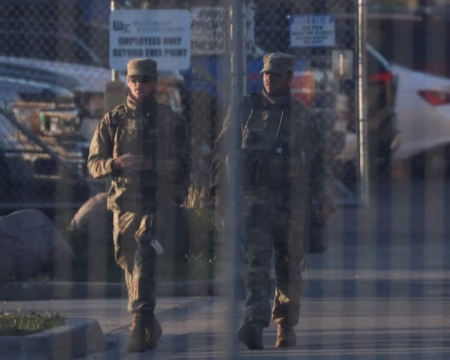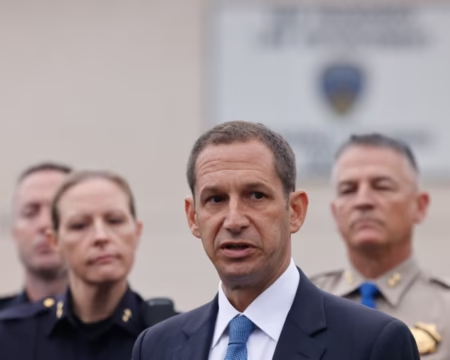India and Pakistan have once again agreed to a ceasefire, but the story behind it reveals more chaos than calm. As competing global crises overwhelm the United States’ foreign policy machinery, the credibility and capacity of Washington to mediate are in serious doubt. The tangled web of global conflicts has created what experts call a bottleneck problem—where every conflict, no matter how important, must pass through the same narrow funnel of American bandwidth.
A Fragile Peace, A Divided Narrative
The recent ceasefire agreement between India and Pakistan was heralded as a breakthrough—but who actually brokered the deal? The Trump administration claimed it led negotiations overnight, with Secretary of State Marco Rubio announcing a trilateral meeting. Pakistan corroborated this version and even thanked Trump. However, India pushed back, framing the agreement as a strictly bilateral arrangement, rejecting the idea of foreign mediation or future talks. The conflicting narratives raise more questions than they answer, especially regarding the long-term sustainability of this fragile peace.
The Historical Playbook and Its Limitations Today
To understand what’s missing now, we need to revisit a successful intervention from the past. In the early 1990s, Robert Gates—then a senior U.S. official—flew to India and Pakistan with a stark warning: U.S. war games predicted devastating consequences for both nations if war broke out. His message was grounded in verifiable data, not just diplomatic pressure. Both nations listened, and war was averted. Gates’ credibility came from demonstrating a calculable cost of conflict, a powerful motivator for peace.
Fast forward to today, and the U.S. can barely dedicate enough resources to simulate such outcomes, let alone communicate them convincingly. The modern equivalent of Gates would find himself unheard—not because his message lacks merit, but because Washington lacks the capacity and credibility to act as a reliable messenger.
The Bottleneck Problem in U.S. Foreign Policy
The real issue is structural. U.S. national security priorities are overloaded. At least five other major crises take precedence over South Asia: the strategic standoff with China, the Russia-Ukraine war, the Israel-Gaza conflict, the Iran threat, and Houthi disruptions in the Red Sea. Each one competes for limited resources, personnel, and attention. As a result, critical yet less “urgent” crises like India-Pakistan get stuck in the bottleneck.
Adding to the dysfunction is the bureaucratic chaos in Washington. Rubio holds four top-level positions simultaneously, stretching the chain of command to absurdity. Meanwhile, national security staffing has been reduced through administrative reforms, cutting productive hours at a time when complex diplomacy is most needed.
No Time, No Tools, No Trust
The United States no longer has the luxury of dedicated war games or reliable diplomatic bandwidth for every potential flashpoint. In the absence of detailed information, neither India nor Pakistan is inclined to believe in Washington’s neutrality or competence. Worse yet, alternative strategies—like incentivizing peace with aid or threatening to arm one side—are constrained by the Trump administration’s reluctance to distribute foreign assistance and its shifting geopolitical priorities.
Even the idea of leveraging pressure on Russia to keep Pakistan in check is moot, given Trump’s stated focus on confronting China and Taiwan instead. With finite resources and an increasingly tangled web of military commitments, Washington is simply out of leverage.
The India-Pakistan ceasefire may hold, but only by threadbare diplomacy. As global conflicts continue to intersect, Washington’s ability to mediate and manage peace is faltering under its own bottleneck. Without the ability to provide clear, credible, and verifiable guidance, the U.S. is not just an unreliable narrator—it’s an ineffective peace broker. Unless this bottleneck is addressed through structural reform and strategic prioritization, future flare-ups—be it in South Asia, the Middle East, or the Pacific—could go from manageable to catastrophic in the blink of an eye.







